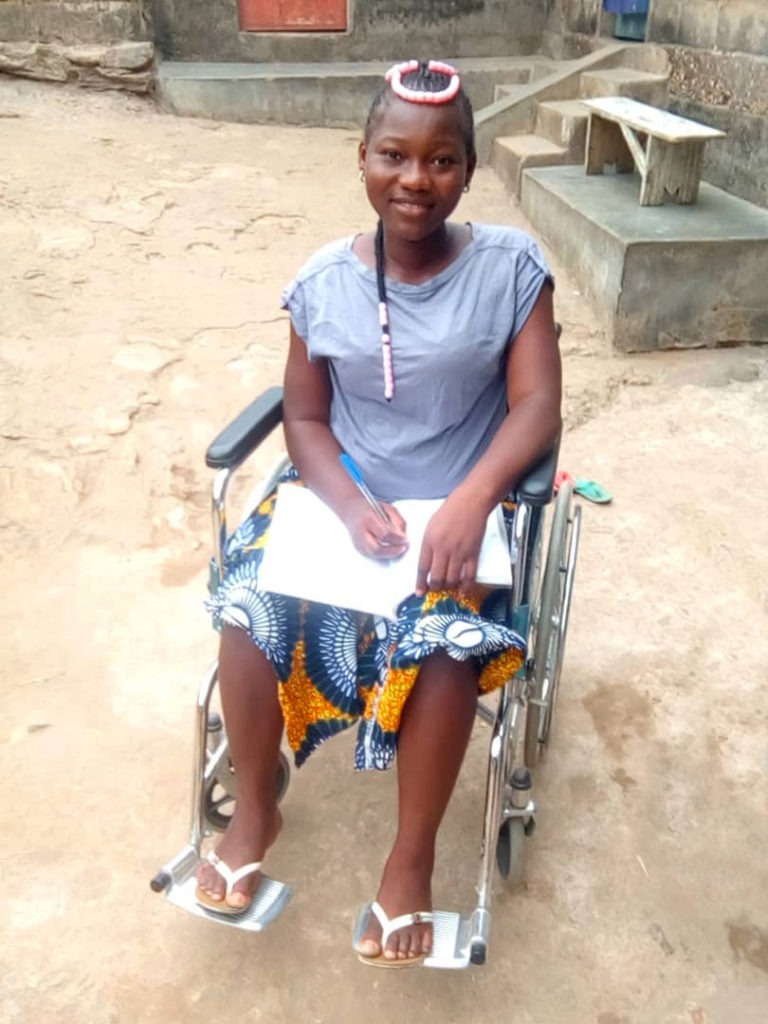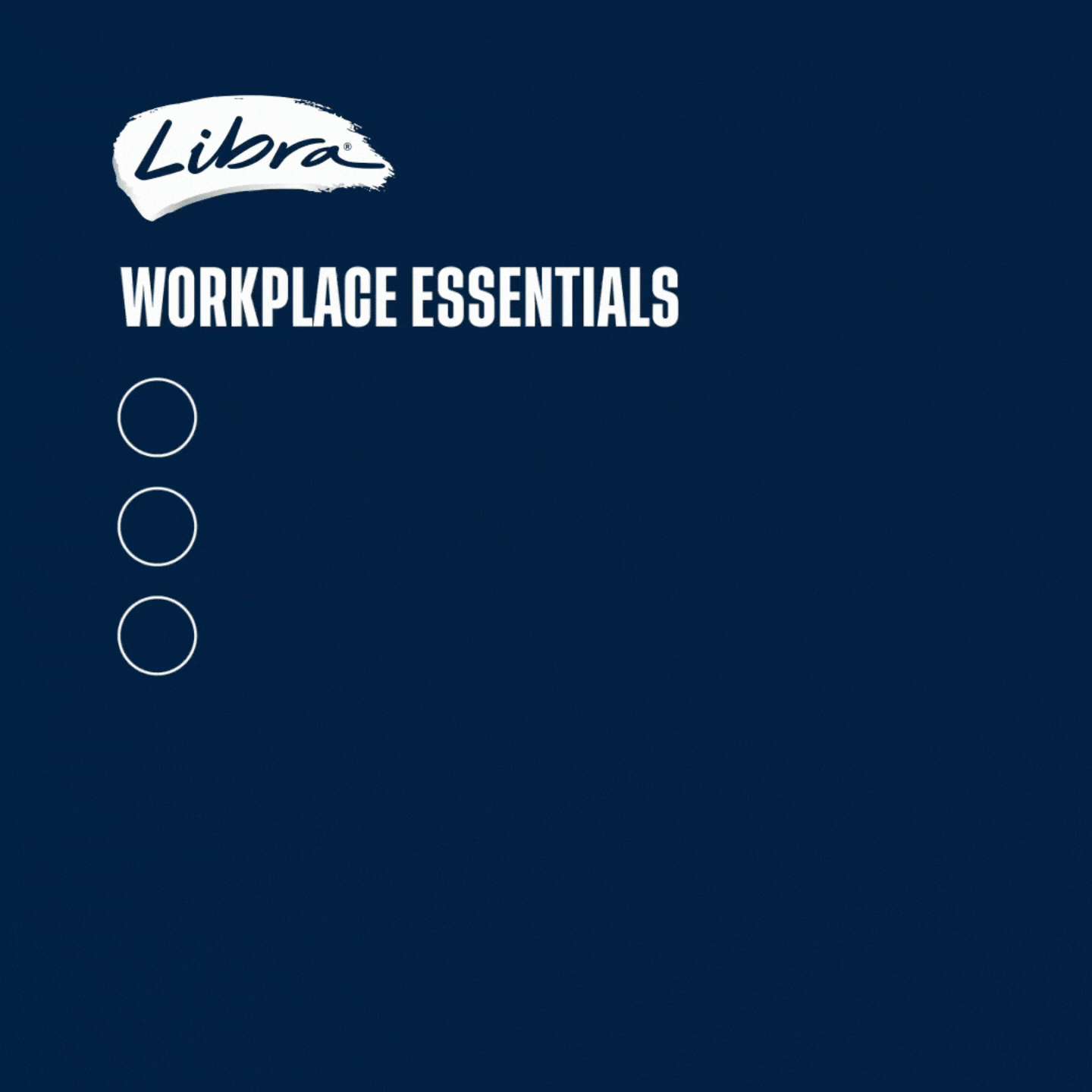Girls and young women with disabilities in developing countries have been among the hardest hit during the COVID-19 crisis.
Their unique and intersecting experiences of gender, age and disability, means they have a higher risk of contracting COVID-19 than almost any other group, and are simultaneously more likely to face violence, unemployment, and disruptions to their education.
Plan International’s Leaving No Girl Behind report, released on Thursday, brings to light the many unique challenges that girls and young women with disabilities are facing during the pandemic. It also provides specific actions that governments can take right now to improve their lives and dismantle barriers.
CEO of Plan International Australia Susanne Legena says the COVID-19 pandemic has created distress for those with disabilities, with girls and young women being most at risk.
“Social distancing is impossible for many who rely on carers. We also know that there have been serious issues buying face masks and accessing hand-washing facilities and soap to avoid the spread of this devastating virus,” she said.
“Sadly those who have underlying health conditions are also more susceptible to becoming seriously ill or dying from COVID-19.”
In the West African nation of Togo, 24-year-old Aimée, who has lost the use of her lower limbs due to a congenital condition, is worried about contracting COVID-19 from one of her carers.

“It’s good to talk about social distancing, but what about people like us?” Aimée says. “I need assistance from people to get food, get dressed clothes, move about and washing myself.”
“The coronavirus is transmitted by physical contact. I always need someone to help me out in various circumstances. These helpers, I don’t know where they come from, if they’ve washed their hands. If they have the virus, it’s very easy to pass it on to me.”
Girls and young women with disabilities may also be at higher risk of contracting COVID-19 as information about the virus is often less available and accessible to them. Information about symptoms and prevention in Braille, sign language, caption, audio provision and graphics is hard to access, especially in the world’s poorest countries.
For sisters Fatouma, 18, and Koumba, 16, who are both deaf and live in Lomé, the capital of Togo with their parents, the pandemic has left them unsure and confused. No one has been able to properly explain the changes they are experiencing to them, as their communication with others is quite restricted.
They are also unable to attend their usual schools and learning centres, where they would normally be provided with such information.

“Things are changing, and deaf people are being left behind. We have seen things on television. There are people with runny noses, others washing their hands, there are animals and monkeys… there are many things going on, but what is it?” Fatouma said.
Girls and young women with disabilities already experienced significant barriers to accessing education prior to the pandemic, with some estimates suggesting that only 1 – 2 percent of girls with disabilities in developing nations are literate.
Their lack of access has only been heightened during the pandemic with country-wide school closures. In more than 106 countries, an estimated 60 per cent of students continue to be out of school during the pandemic.
Gender-based violence is also shattering the lives of many girls and young women with disabilities, as they are 10 times more likely than women without disabilities to experience violence and abuse.
“Stay-at-home orders and the restrictions placed on visitors in disability care make girls and young women in these communities acutely vulnerable to violence, abuse and sexual exploitation during the pandemic,” Legena says.
“We know that in some countries, existing stigma and discrimination against girls and young women with disabilities has been intensified by COVID-19, because suspicion and fear is directed towards them due to false beliefs that they carry the virus. This also increases the risk of violence and abuse.”
The good news is that there is much that can be done by governments to break down the barriers facing girls and young women with disabilities during this time. According to Plan International’s report, these include:
- Ensuring access to remote education and learning and prioritising a return to learning for girls with disabilities.
- Ensuring lockdowns and stay-at-home orders specifically allow for people to leave their homes to escape violence and hotlines, protection services, justice services and gender-based violence programs are inclusive and accessible.
- Donors, governments and humanitarian agencies must place girls and young women with disabilities at the centre of all health related prevention.
- Provision of essential services to reach all girls and women in the most affected communities, including maternal and young child health, sexual and reproductive health information and services, clean water and safe sanitation, and accessible information about the pandemic. These vital services should be free to access and use.
- Support girls and young women with disabilities to return to work and where girls and young women cannot return to their previous role, offer alternative employment opportunities.
- Urgently provide new funding to save lives and livelihoods among hard-hit populations, including refugees
We’ve published this story in partnership with Plan International Australia, who have launched an urgent fundraising appeal to support girls with disabilities through the pandemic and beyond. You can donate here.
You can check out the Girls & COVID-19 Hub where we’re documenting the experiences of girls internationally, thanks to the support from Plan.


